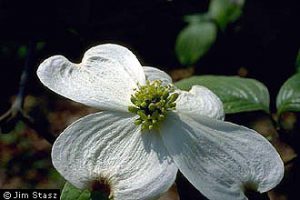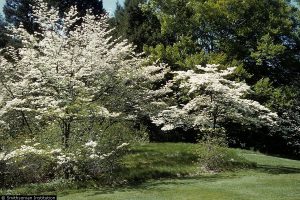A Problem of Anticipation
The feeling is palpable, everyone is ready for spring. Can you hear them? The seeds beckoning in their packets, begging you to bury them in the soil. Every gardener struggles with this dilemma in early spring, but this year will surely be different. Maybe just maybe I can get my garden planted and watch with bated breath as life peeks its tiny shoots through the soil. Inevitably, harsh reality will set in with the realization that there will be a freeze dowsing your dreams before they take root.
Trying as that may be there is a respite. A small group of plants has heard your concerns. They provide the early spring color we so desperately seek in our landscapes. The trees and shrubs have answered your cries reaching out in the most beautiful way they know how. The saucer magnolias (Magnolia x soulangeana) have given us their teacup flowers all purple and perfect. The azaleas (Rhododendron spp.) are in full swing with all their magnificence shining bright. There is one tree that stands above them all in Florida landscapes. This month you’ll begin to see a tree that is the ultimate harbinger of springtime. A tree so native in the Panhandle that it bears the state’s name within its own. The tree I am speaking of is the Flowering Dogwood (Cornus florida).
A Tree Described
Florida in this instance derives from the Spanish florido meaning “full of flowers”. This tree will not disappoint on this front. A very common home landscape feature, it performs well in zones 5-9A. Growing between 20-30 feet in height with the spread to match, they may be pruned to a single trunk or allowed to grow in multiples to fit the landscape. This tree is known for early spring color, and thrives in sun of shade. Sometime between March and May, a splash of white or pink (sometimes red, cultivar dependent) lasting several weeks will rear up amid your winter scenery.
The showiness of this plant is not a flower, but a protective leaf structure known as a bract. The true flowers are small yellow to green clusters in the center of these bracts. Depending on the site conditions, the foliage turns maroon and the flowers to red berries in the autumn. The spring flowers, and later berries are a useful food source for pollinators and local birds respectively.
More Information
Flowering Dogwoods is a valuable addition to any gardener’s plot and fits right into a Florida Friendly Landscape. For more information on these trees, see this Ask IFAS document, or contact your local extension agent for additional information on this and any topic regarding your gardens and more.
- Cold Protection for North Florida - November 6, 2025
- Planning and Planting for Wildlife - October 10, 2025
- Why Say No to Invasive Species - August 23, 2025


